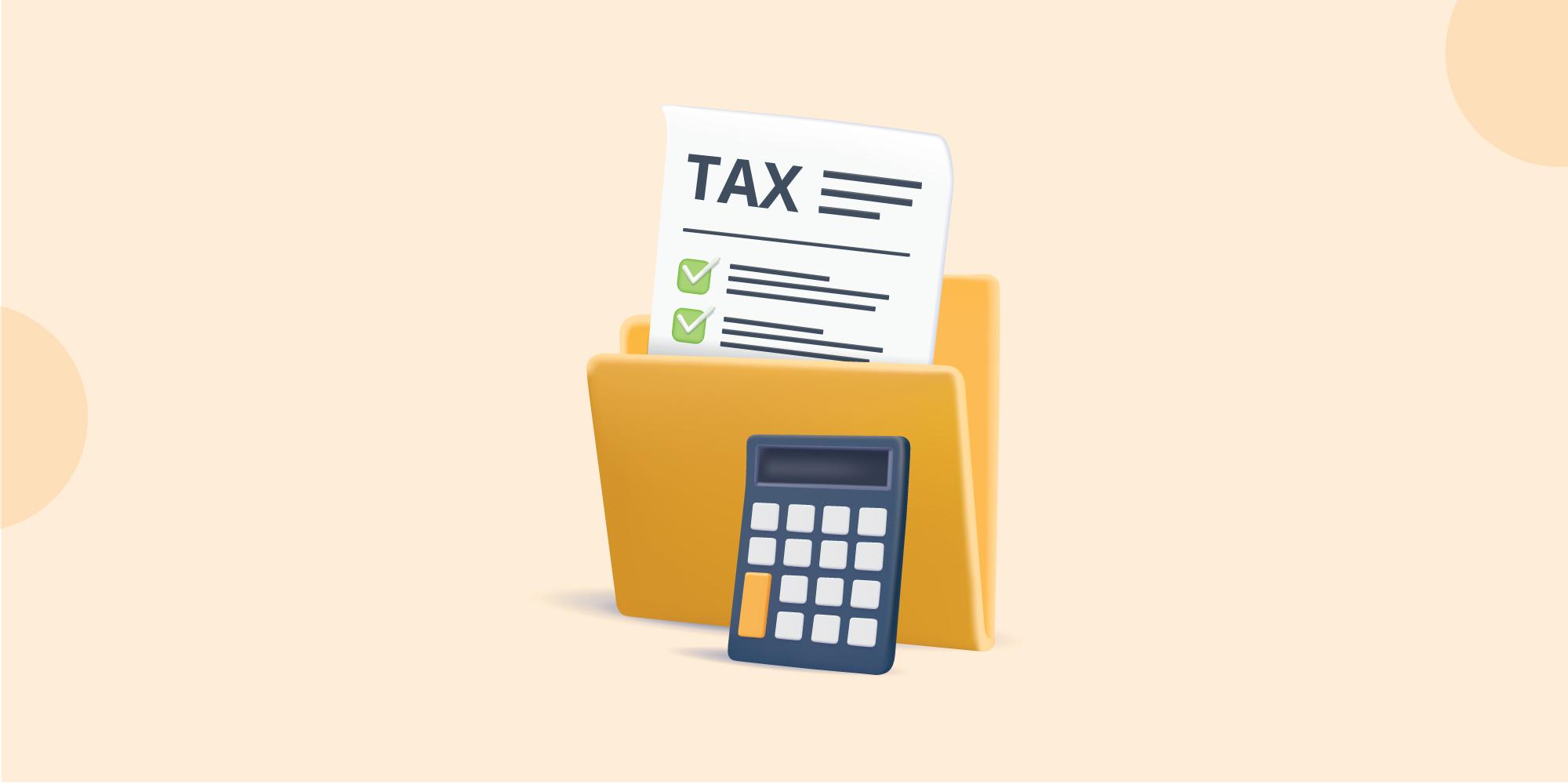Professional Tax in India: Meaning, Key Differences and Payment Timelines
Reviewed by: Fibe Research Team
- Updated on: 30 Sep 2025
Reviewed by: Fibe Research Team

When it comes to taxation in India, one of the lesser-known but important taxes is professional tax. Many employees and employers often get confused about what exactly it is, how it is calculated and why it is applicable.
In this blog, we will cover the meaning of professional tax, key differences, how it is levied on salary, the timelines for payment and some frequently asked questions to clear common doubts.
Professional tax is a state-level tax imposed on individuals earning income from salaries, professions, trades or employment. It is applicable in most Indian states but varies in amount and applicability based on state government rules. Unlike income tax, which is collected by the central government, professional tax is collected by the respective state government where the employee or professional is located.
The maximum professional tax paid per annum is capped by law at ₹2,500, but the actual amount can differ from state to state. It is a minor deduction in comparison to income tax, but important for compliance.
Employers are responsible for deducting professional tax from the salary of their employees and depositing it with the state government. For self-employed individuals and freelancers, the tax must be paid directly to the state government office after registering for a PT registration number.
The term professional tax paid refers to this amount deducted from an individual’s salary or directly paid by a professional to the state government. Regular and accurate payment of professional tax helps avoid penalties or legal issues.
It is important to understand the distinction between professional tax and income tax:
The presence of professional tax deduction in salary slips ensures transparency in payroll management and avoids last-minute confusion for employees.
Most salaried individuals earning above a certain threshold in their monthly salary are subject to professional tax. The slab varies by state, but typically, individuals earning more than ₹10,000 per month fall under the category for professional tax deduction.
A common question that arises is: What is the salary for PT eligibility? The answer varies across states, but a typical rule of thumb is that anyone earning more than ₹10,000 to ₹15,000 per month is eligible for PT salary deduction.
For freelancers or self-employed professionals, the same slab applies, but they need to calculate and pay the professional tax directly to the tax authorities after obtaining a PT registration number.
PT salary is calculated based on the state-specific slab system. Below is a table summarising common slabs for major states:
| State | Monthly Income Slab | Professional Tax Charged |
|---|---|---|
| Maharashtra | ₹7,501 – ₹10,000 | ₹175/month |
| Karnataka | ₹15,000+ | ₹200/month |
| West Bengal | ₹5,001 – ₹10,000 | ₹110/month |
Different states have different slabs and limits, which makes it essential to consult the state tax department guidelines. Employers usually have automated systems to handle this calculation and show the professional tax deduction separately in the payslip.
The timelines for depositing professional tax are usually monthly or quarterly, depending on state rules. Most states require the tax to be deposited by the 15th of the following month. Employers must ensure the timely submission of professional tax paid to the government to avoid penalties.
In addition, a return filing for professional tax must be done periodically (monthly, quarterly or annually as per state law), even if no tax is deducted in a specific period.
Failure to comply with payment or filing requirements may attract a penalty ranging from ₹5,000 to ₹25,000, depending on the state.
Understanding professional tax is crucial for both employers and employees. Knowing the timelines, how the tax is calculated and the process for PT registration makes it easier to manage your finances effectively.
Professional tax in salary is a state-mandated tax deducted monthly by the employer from your salary, shown as a separate line in your payslip, based on predefined slabs.
It is calculated using state-specific slabs by comparing your gross monthly salary against the applicable tax brackets.
Generally, any individual earning over ₹10,000/month qualifies for professional tax deduction, though exact limits vary by state.